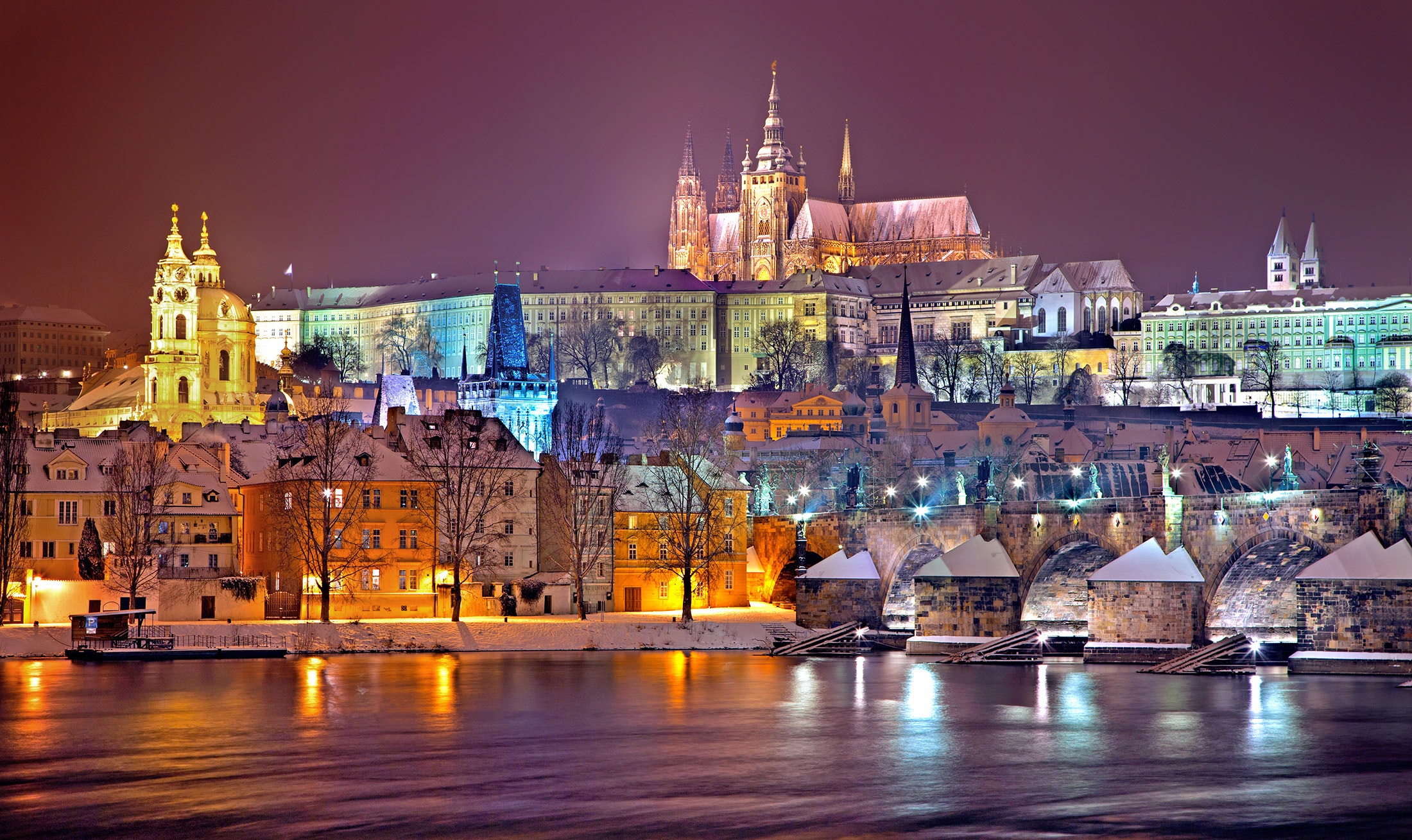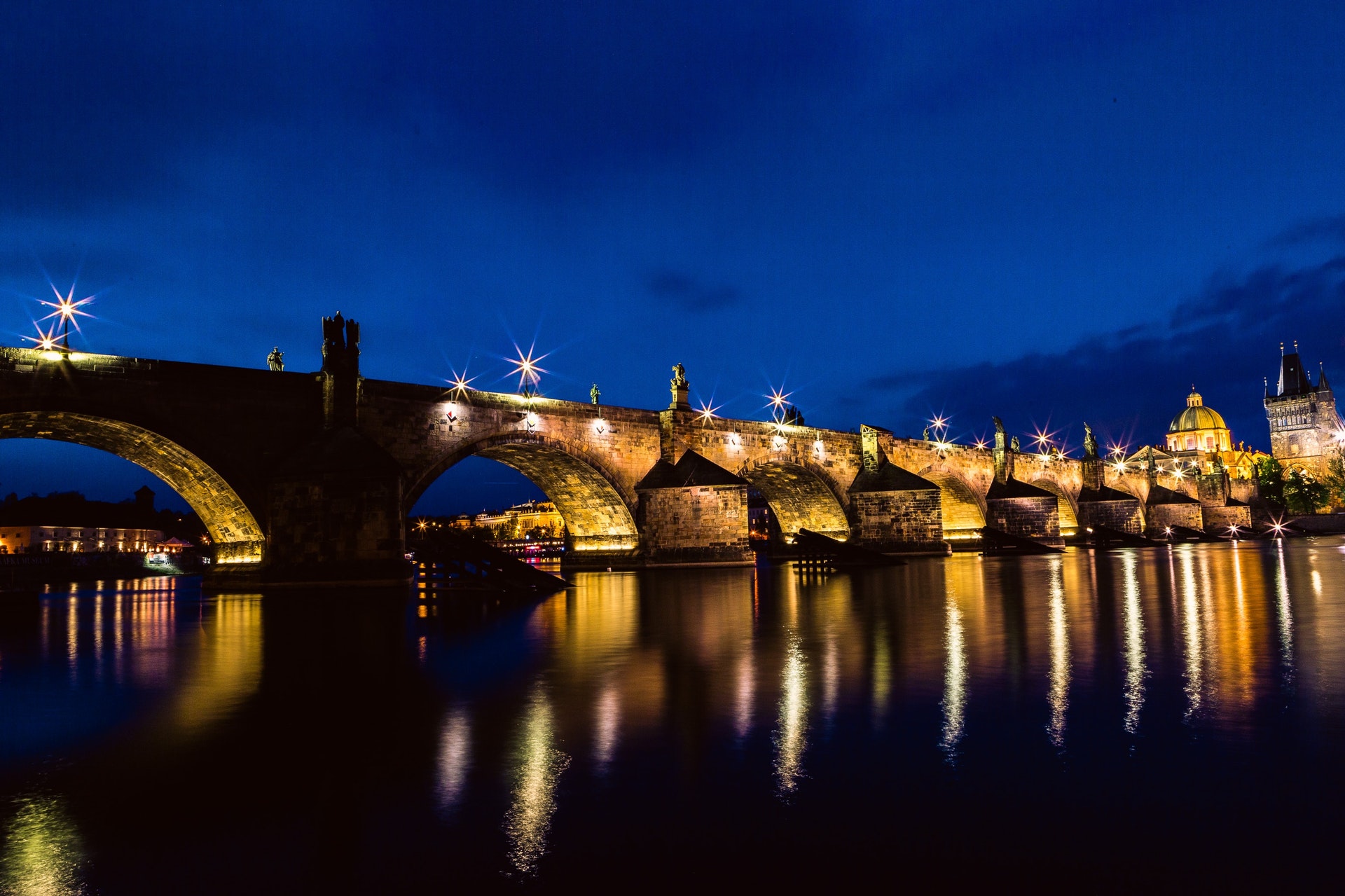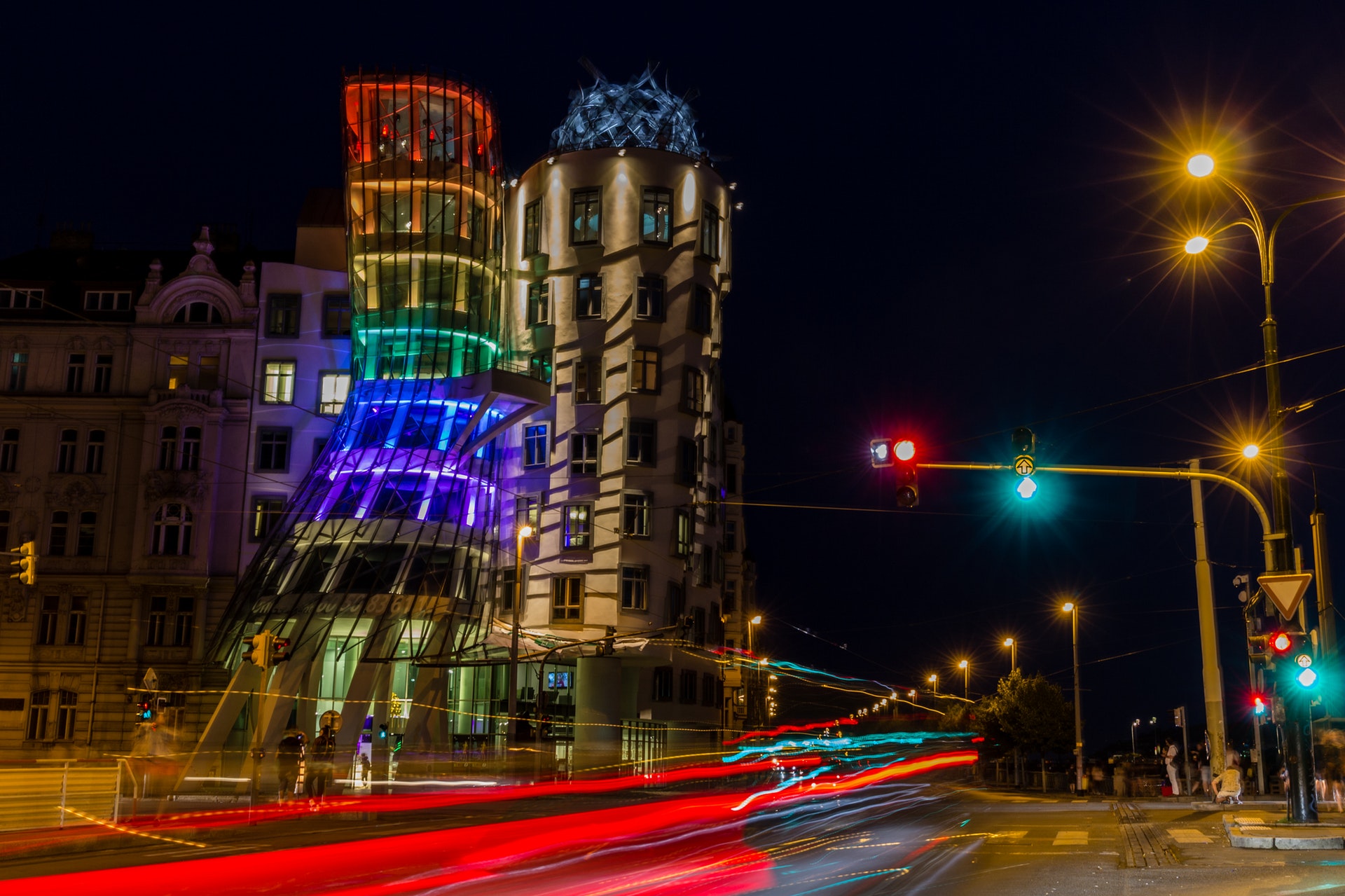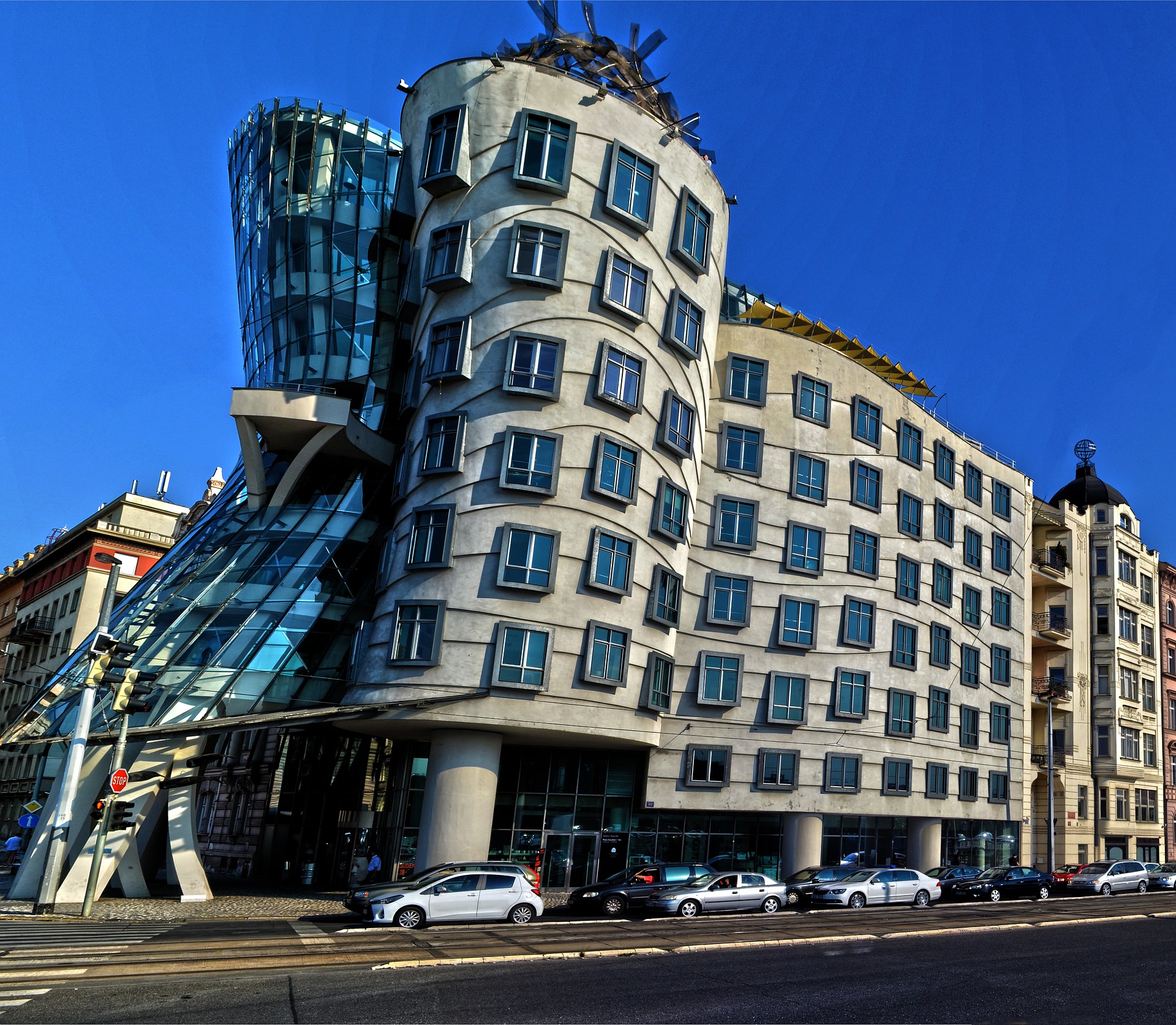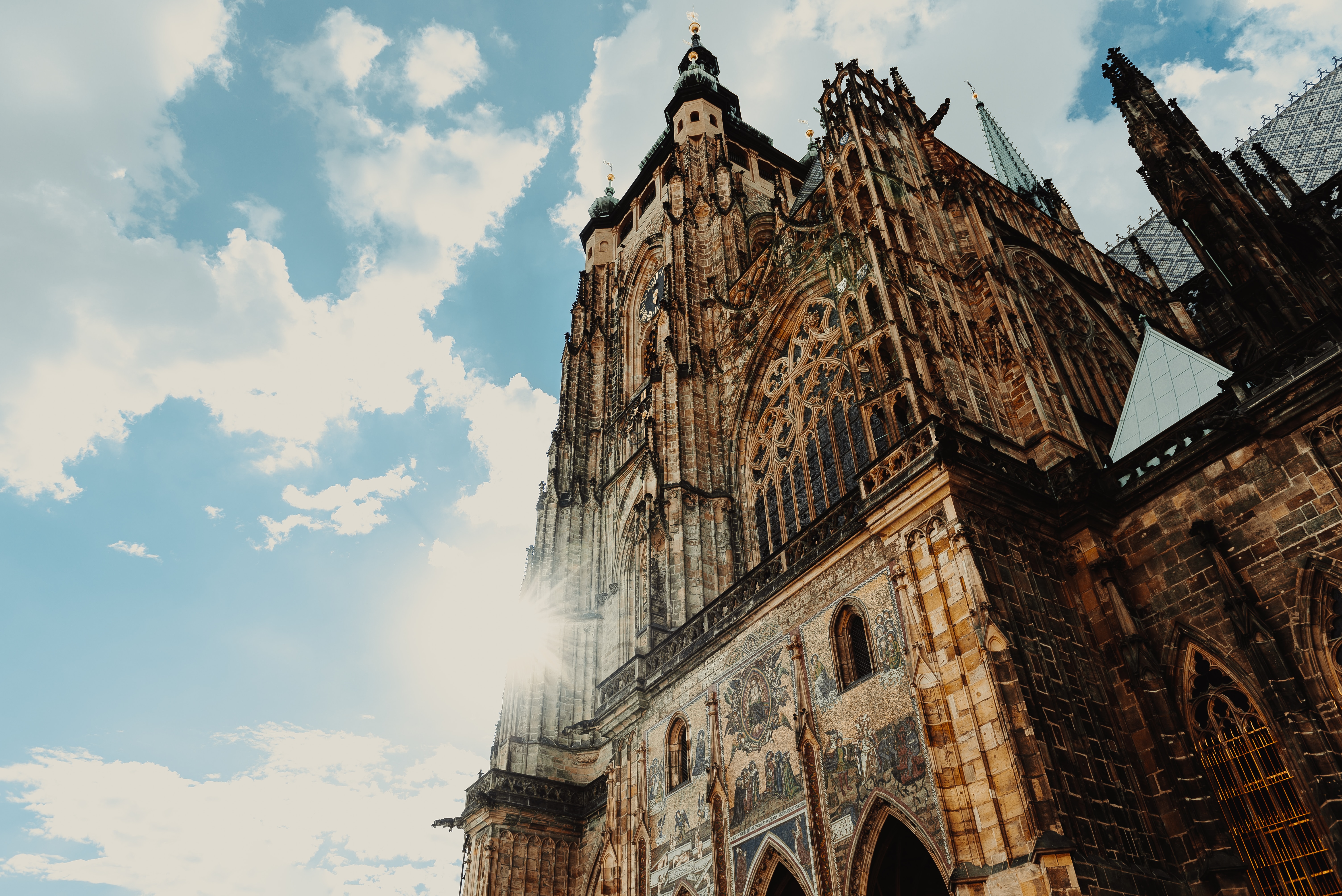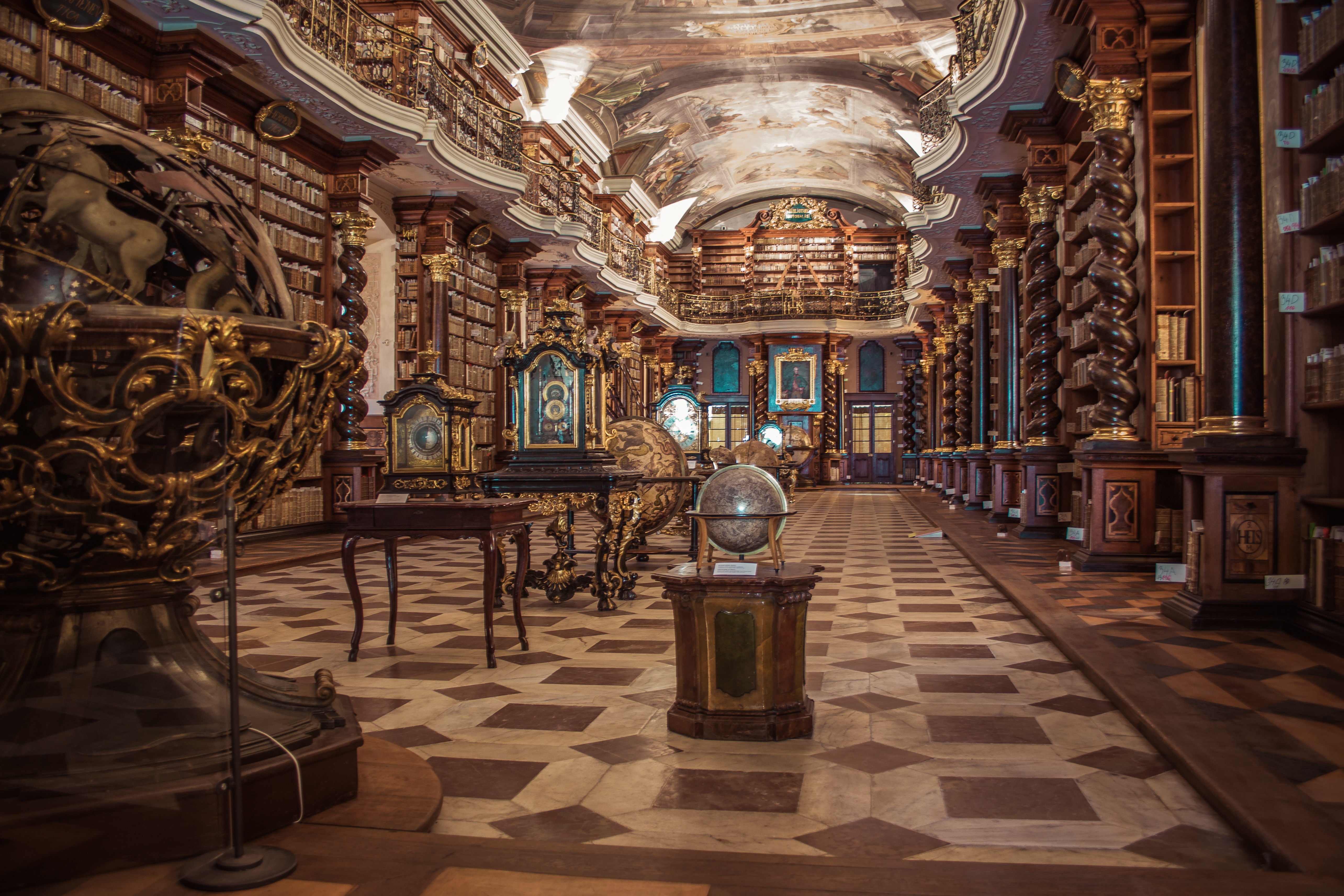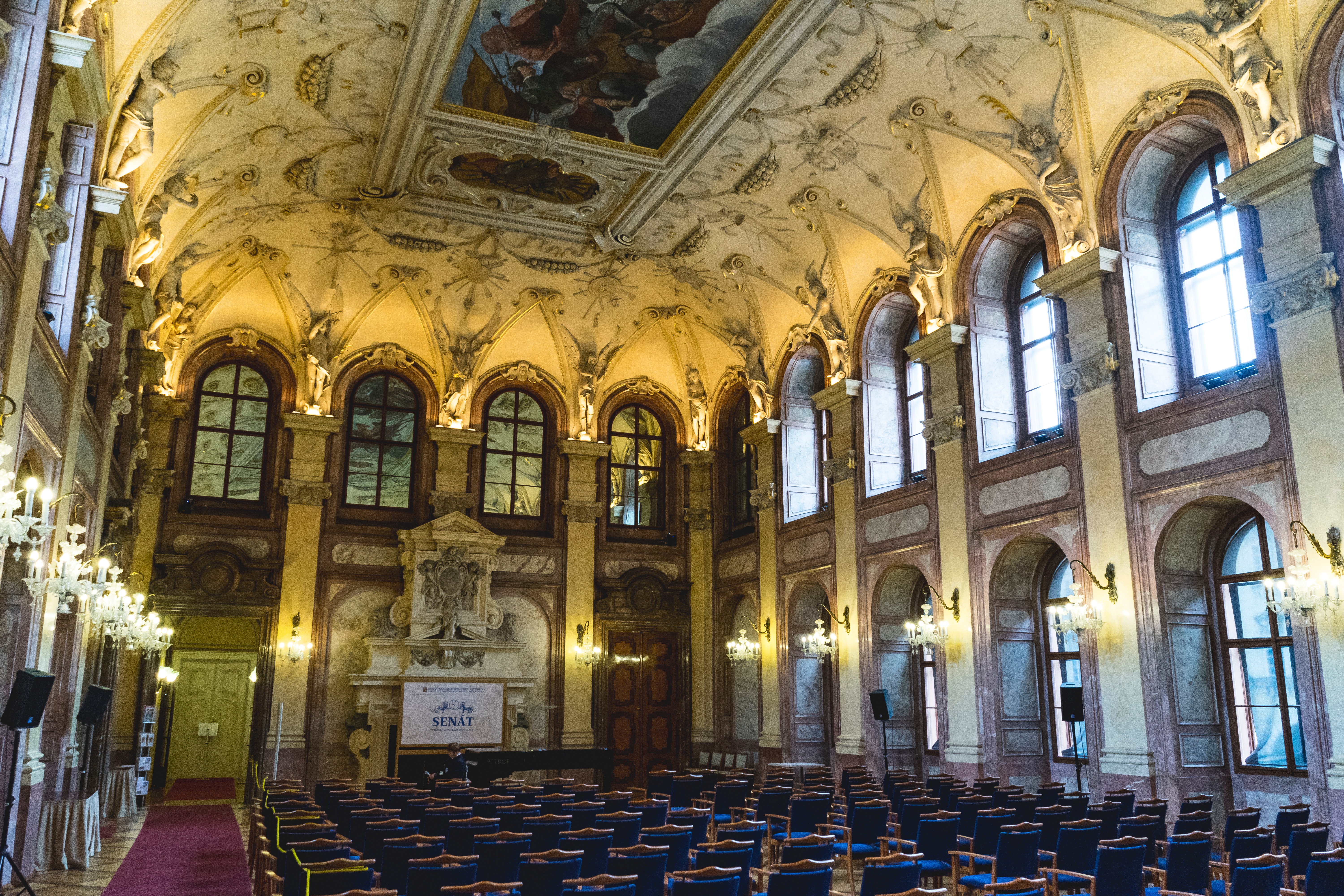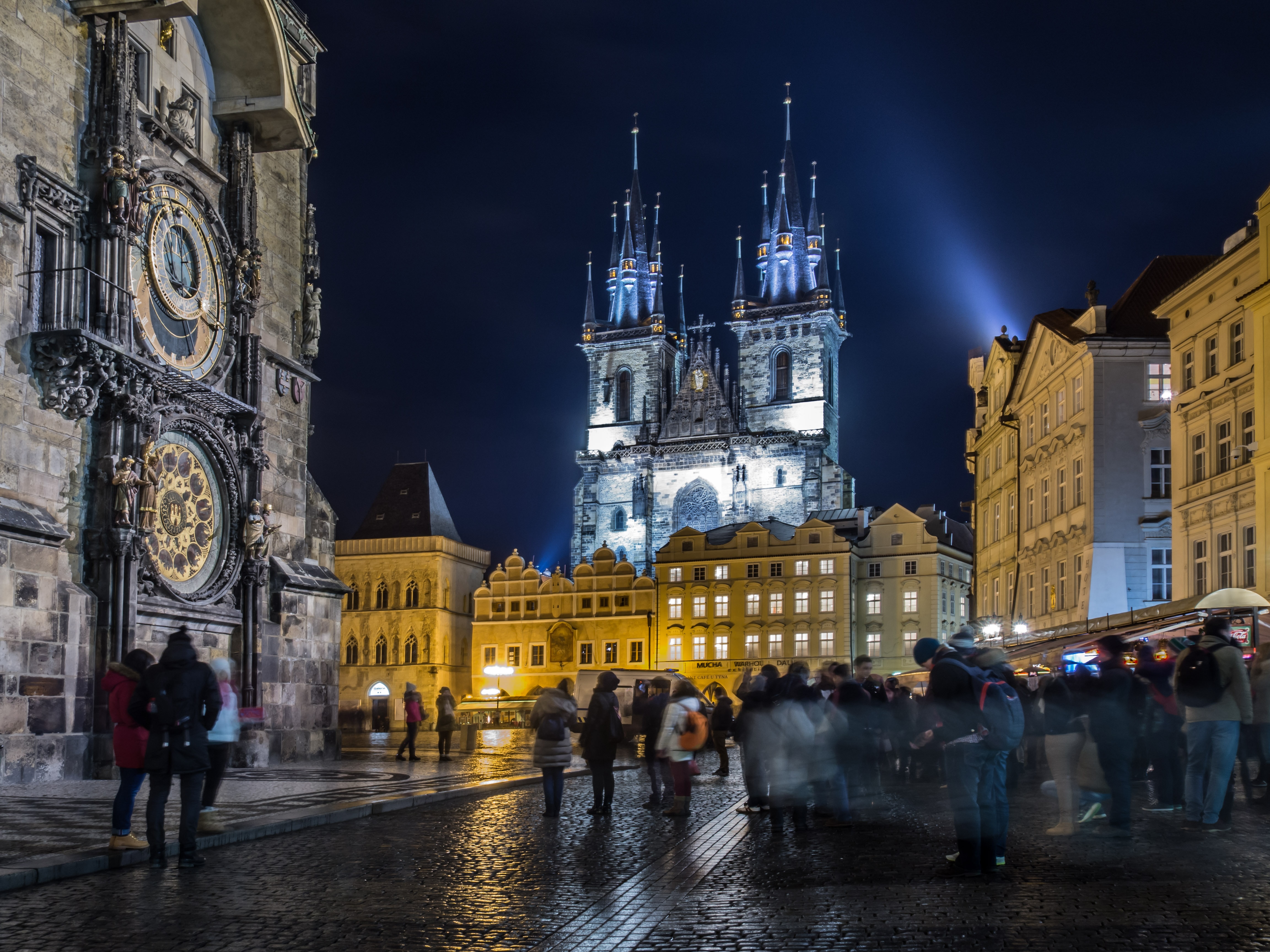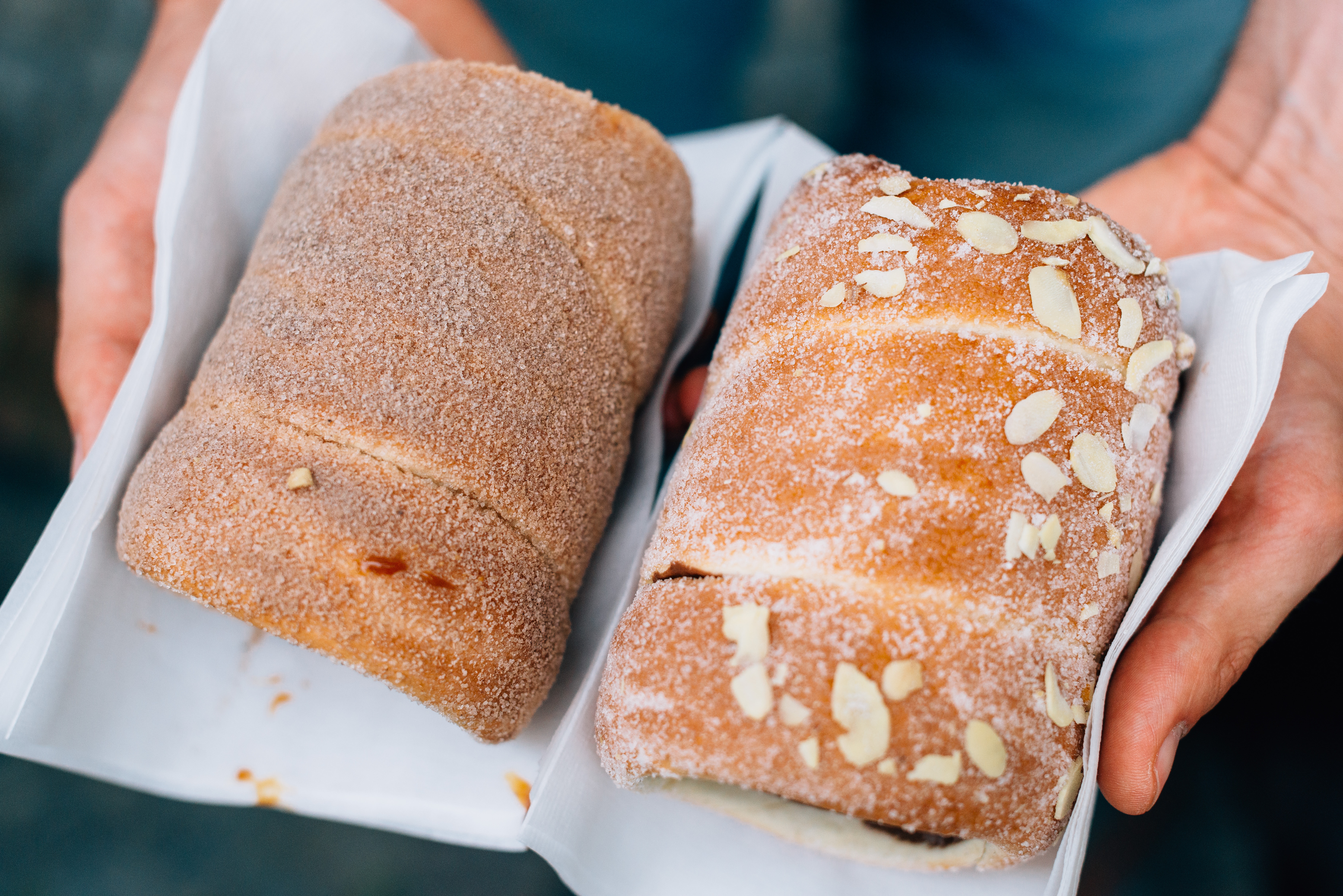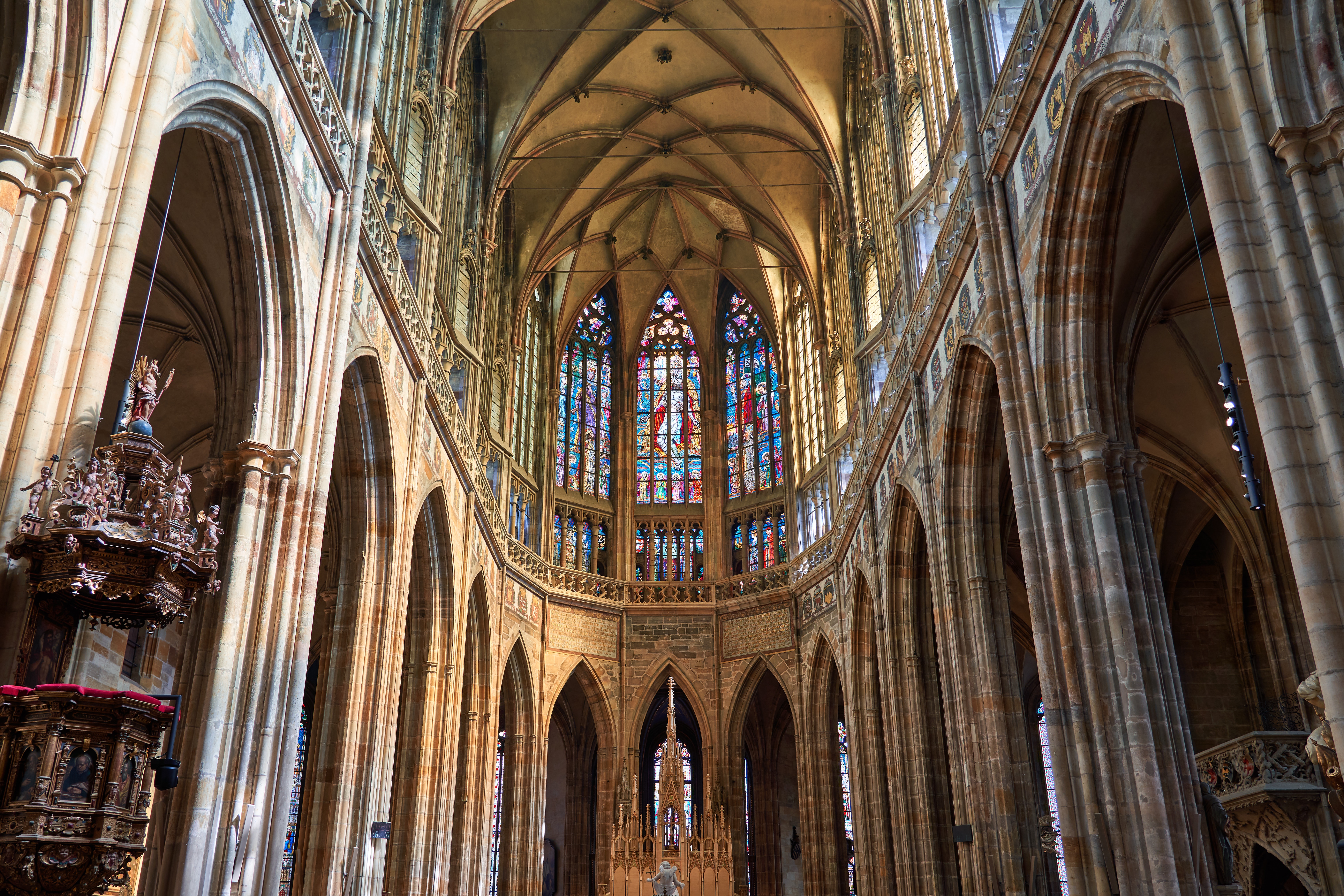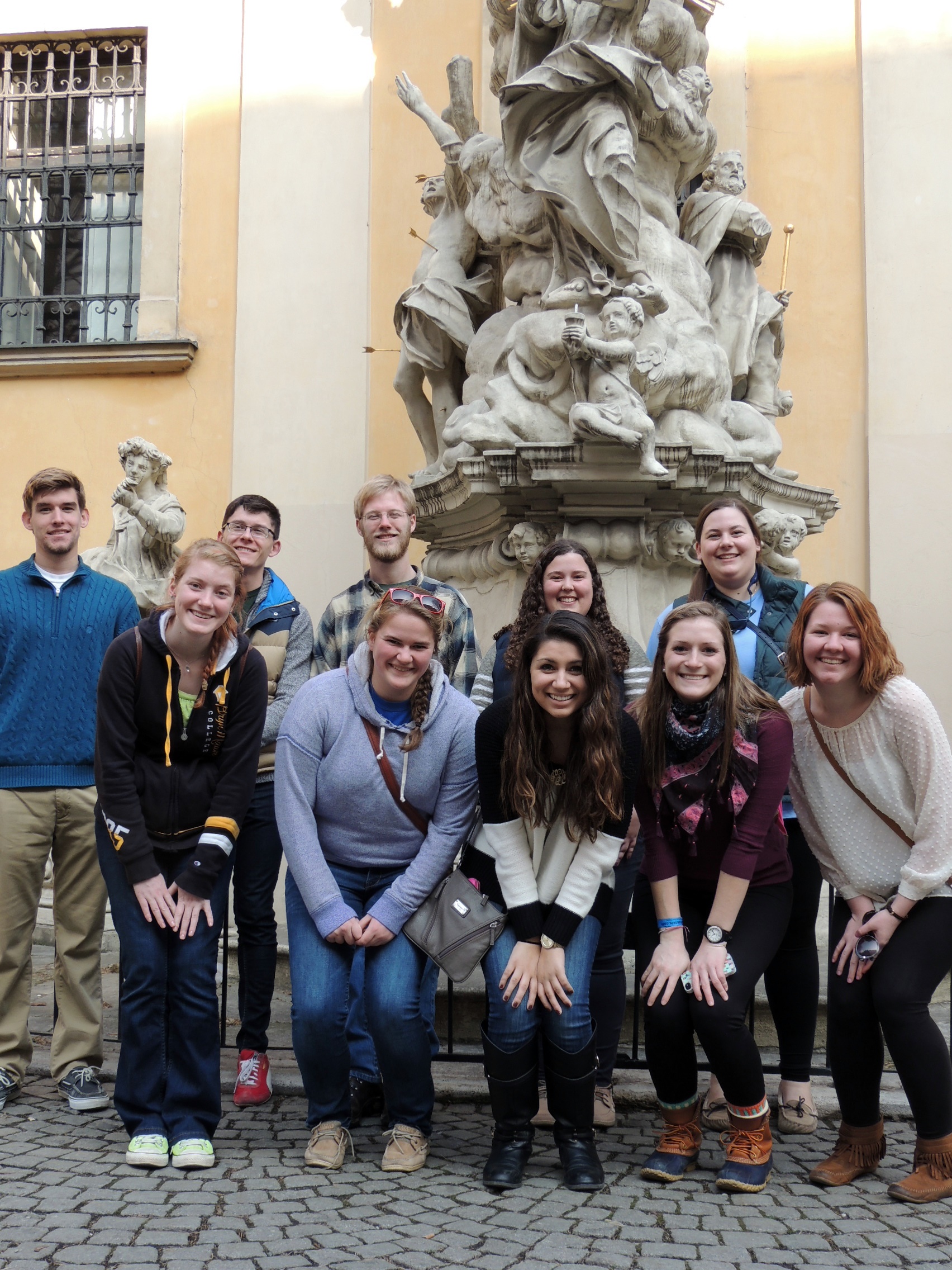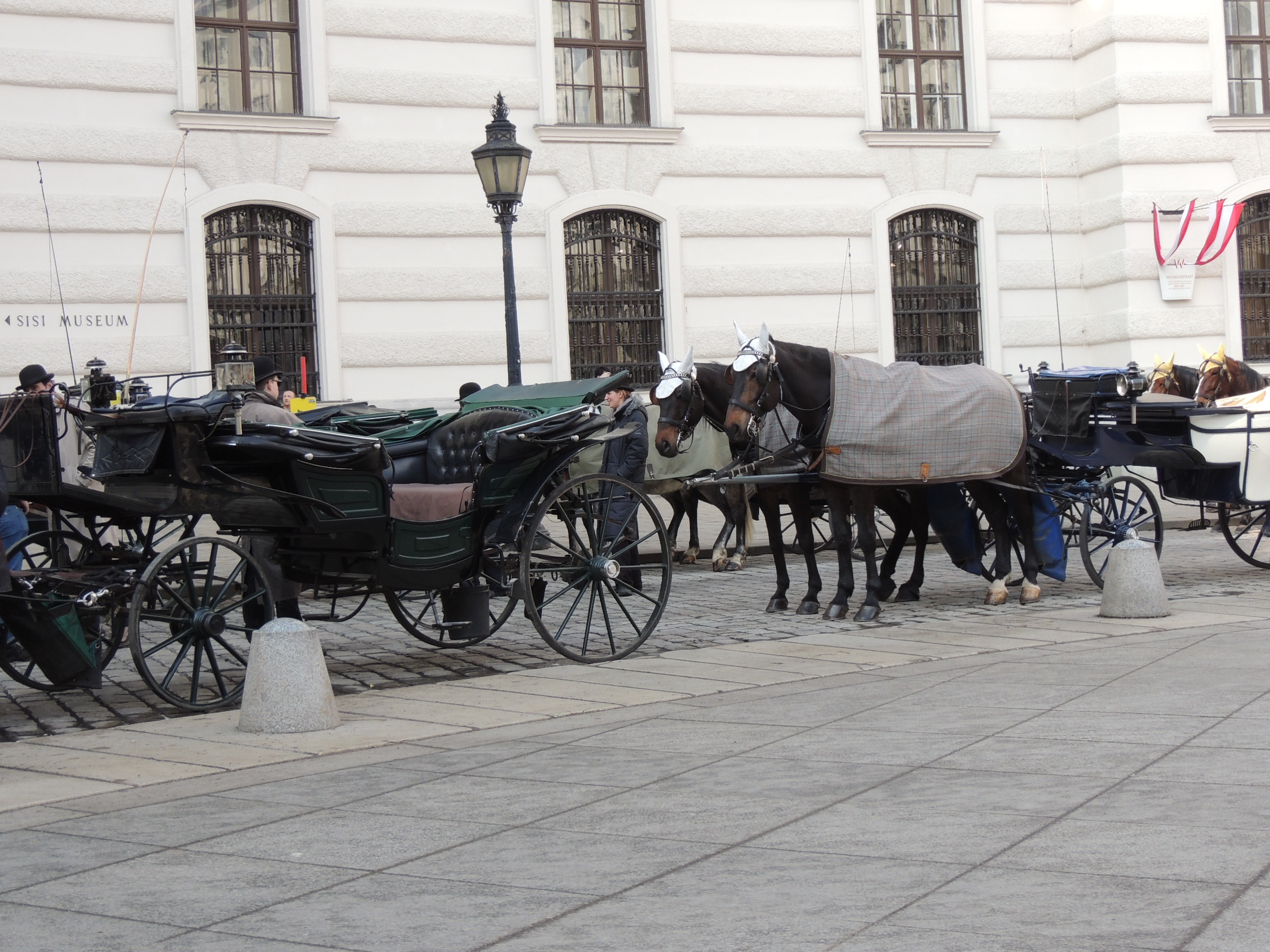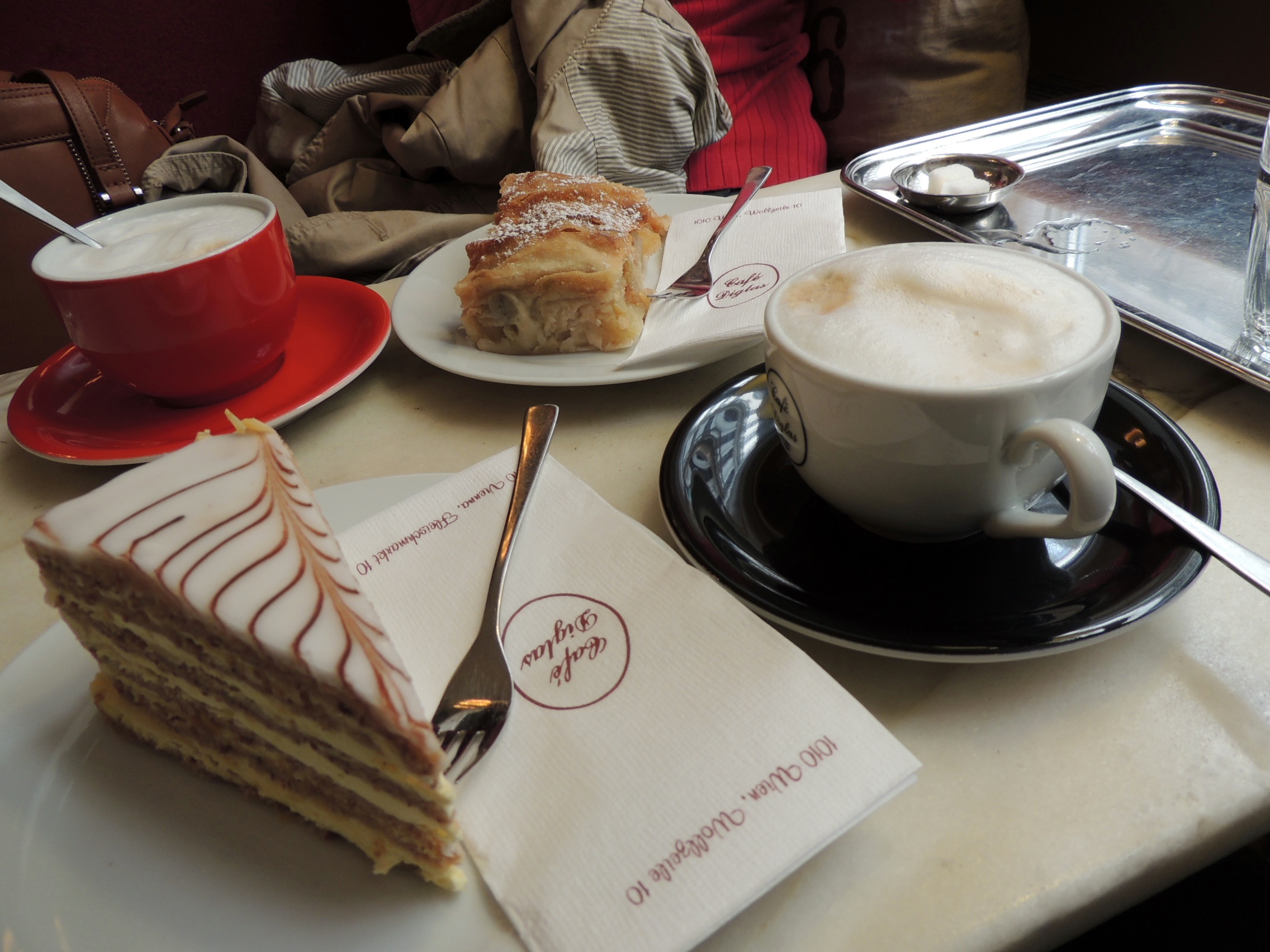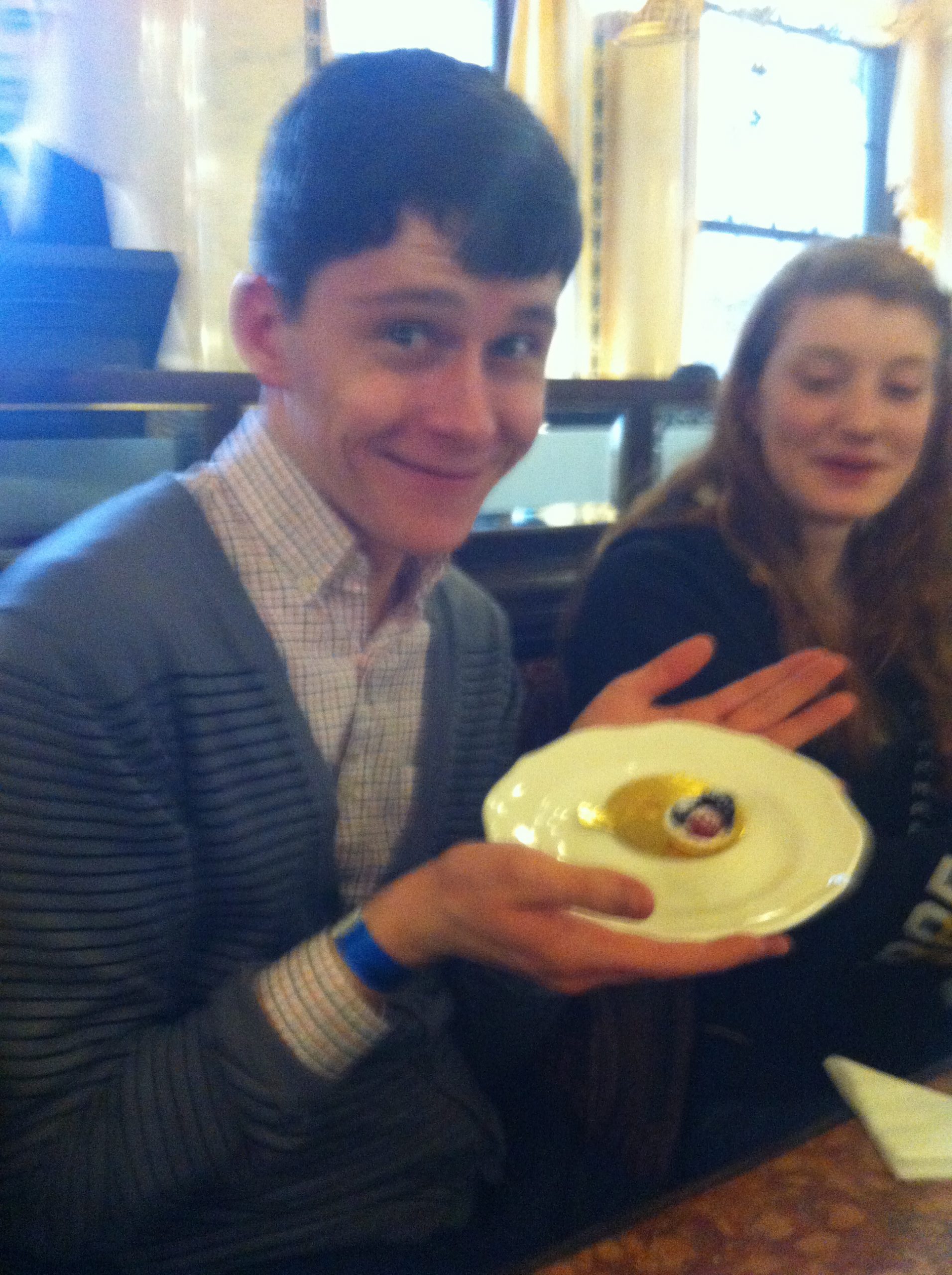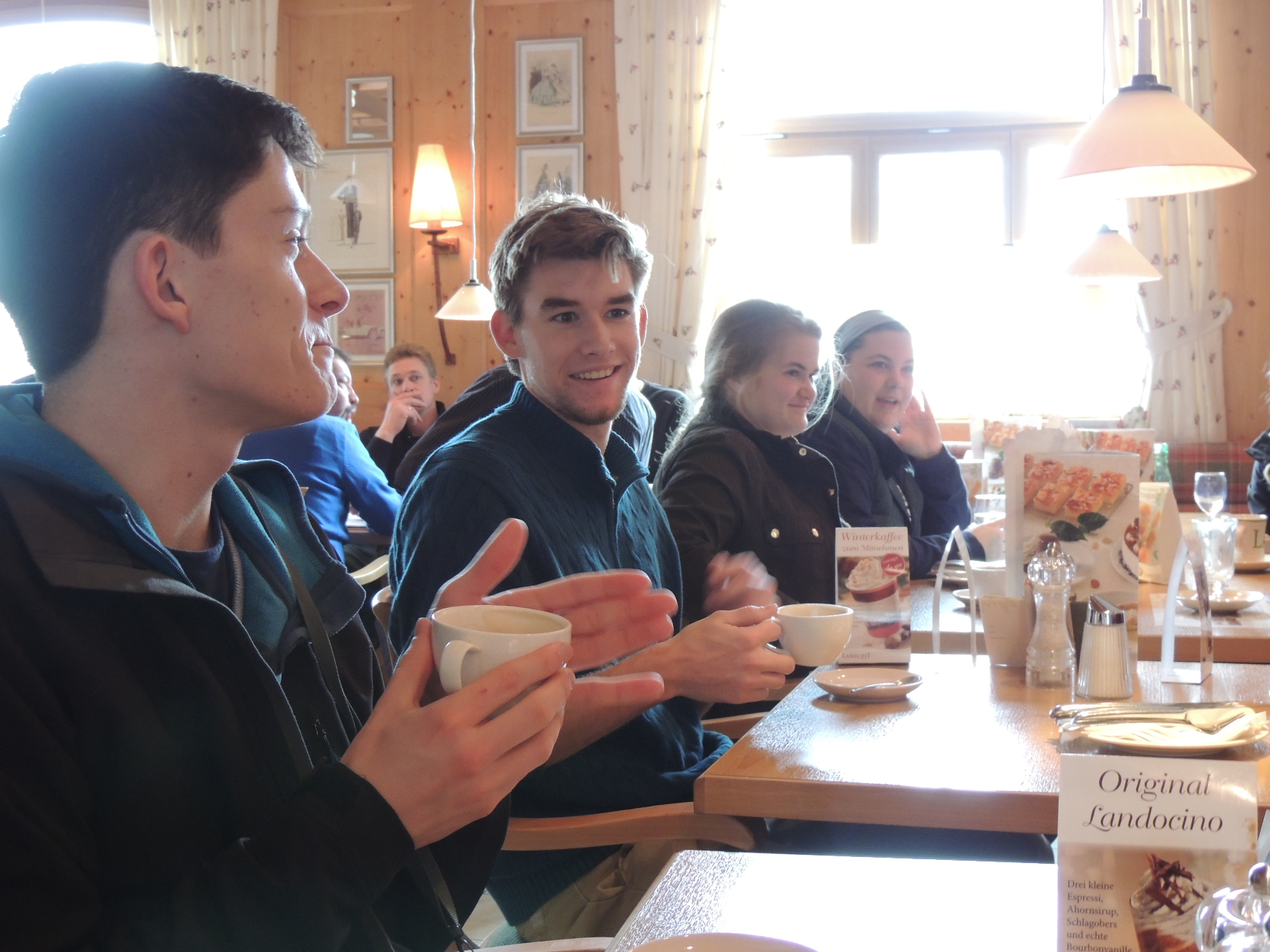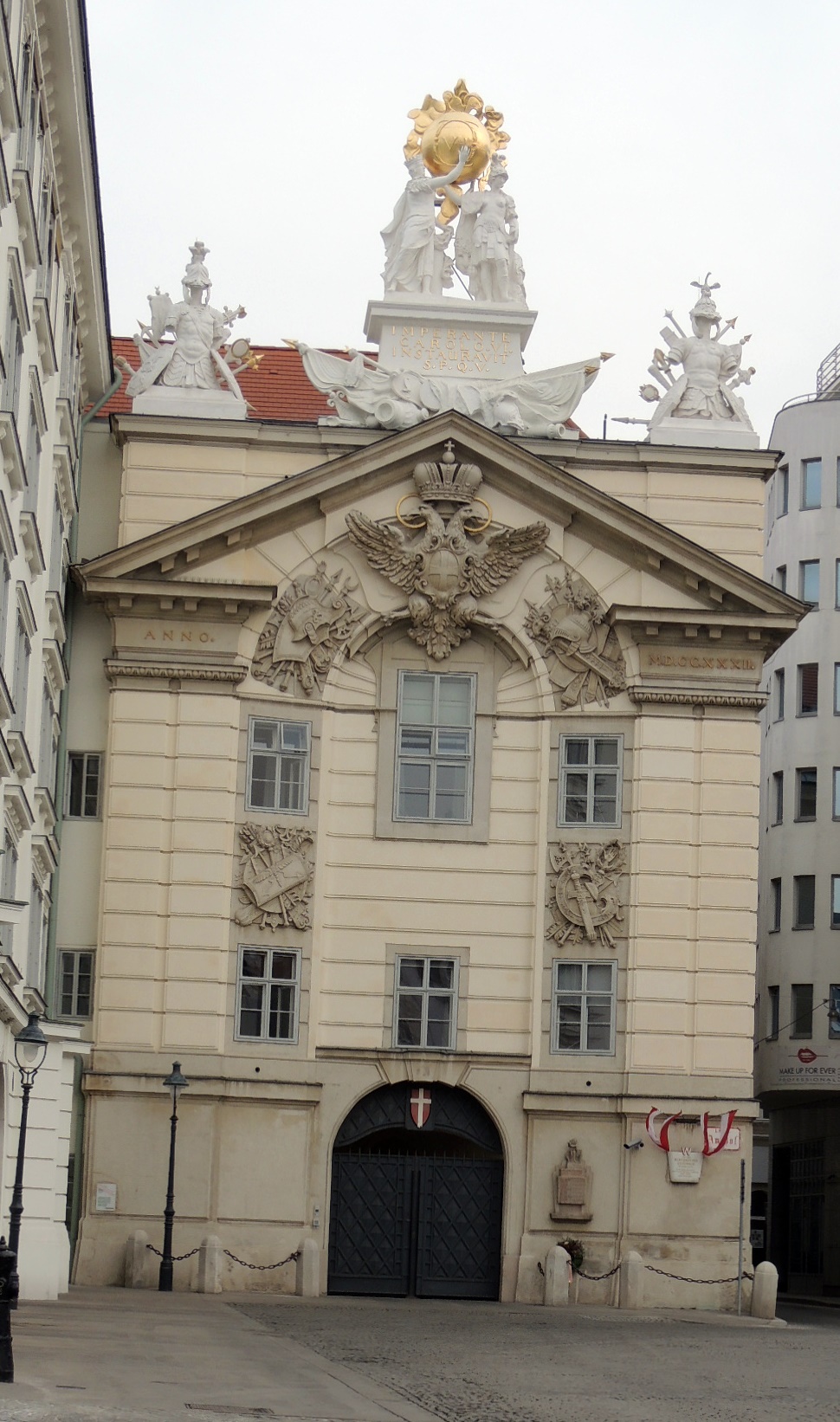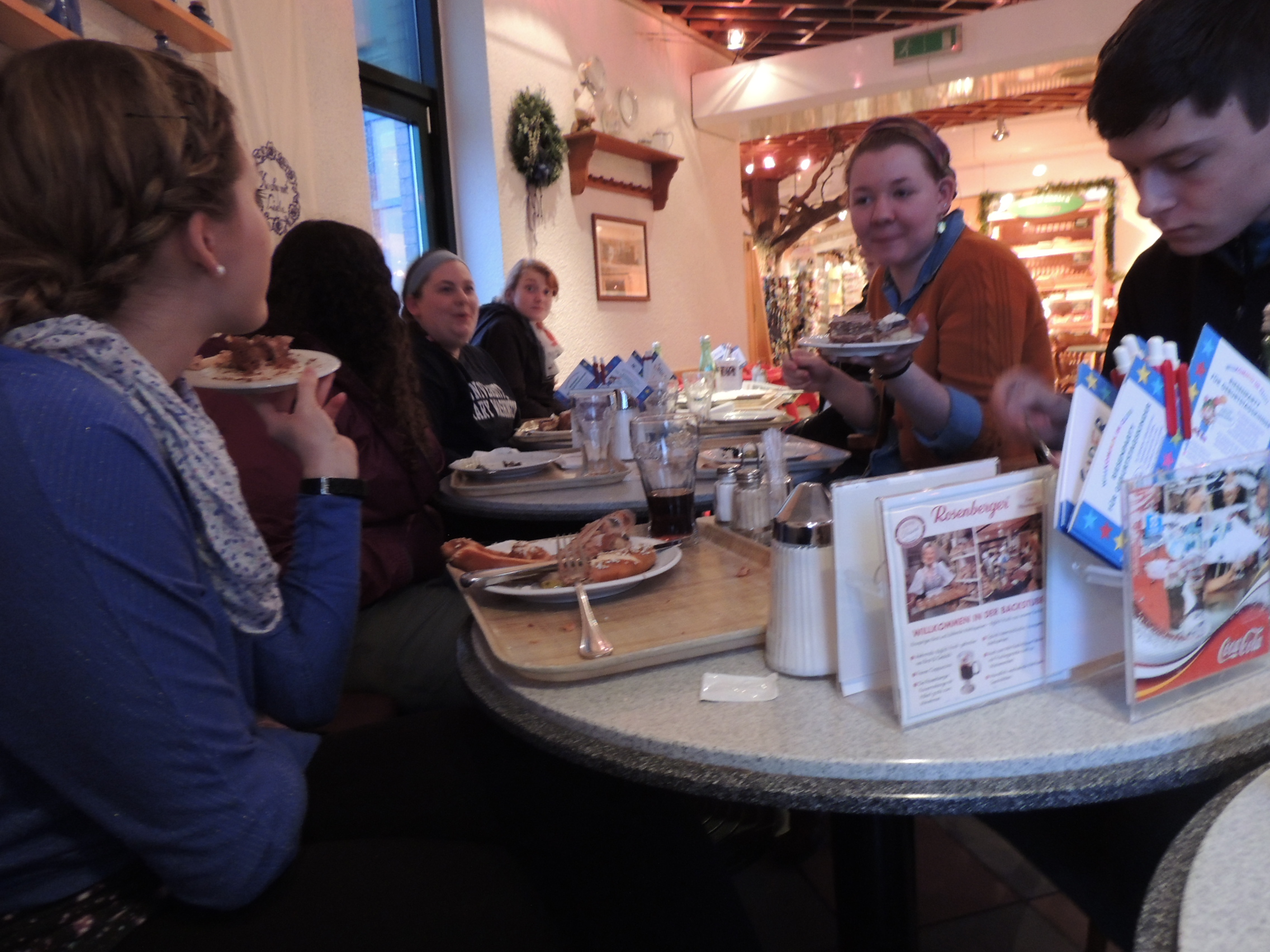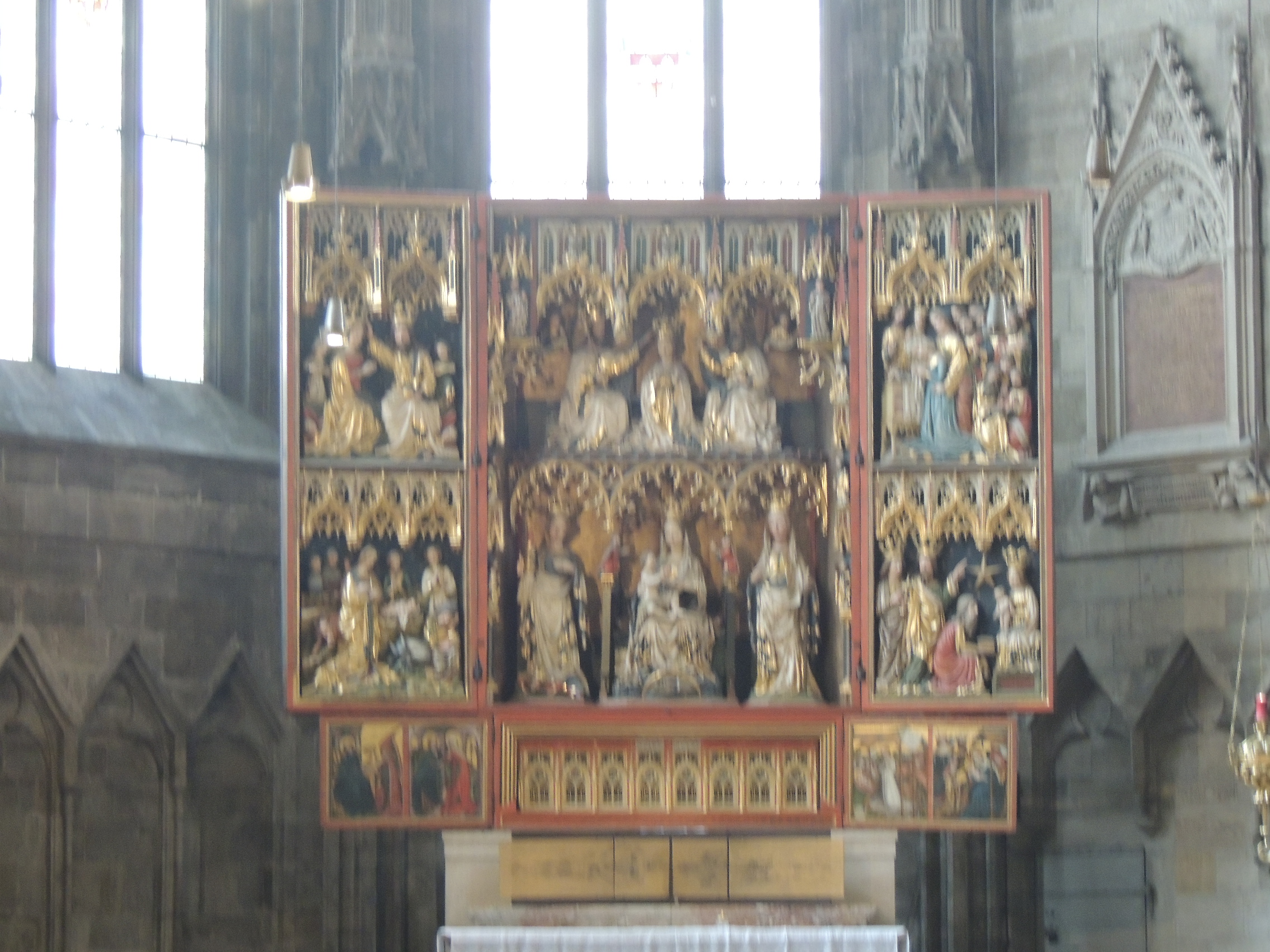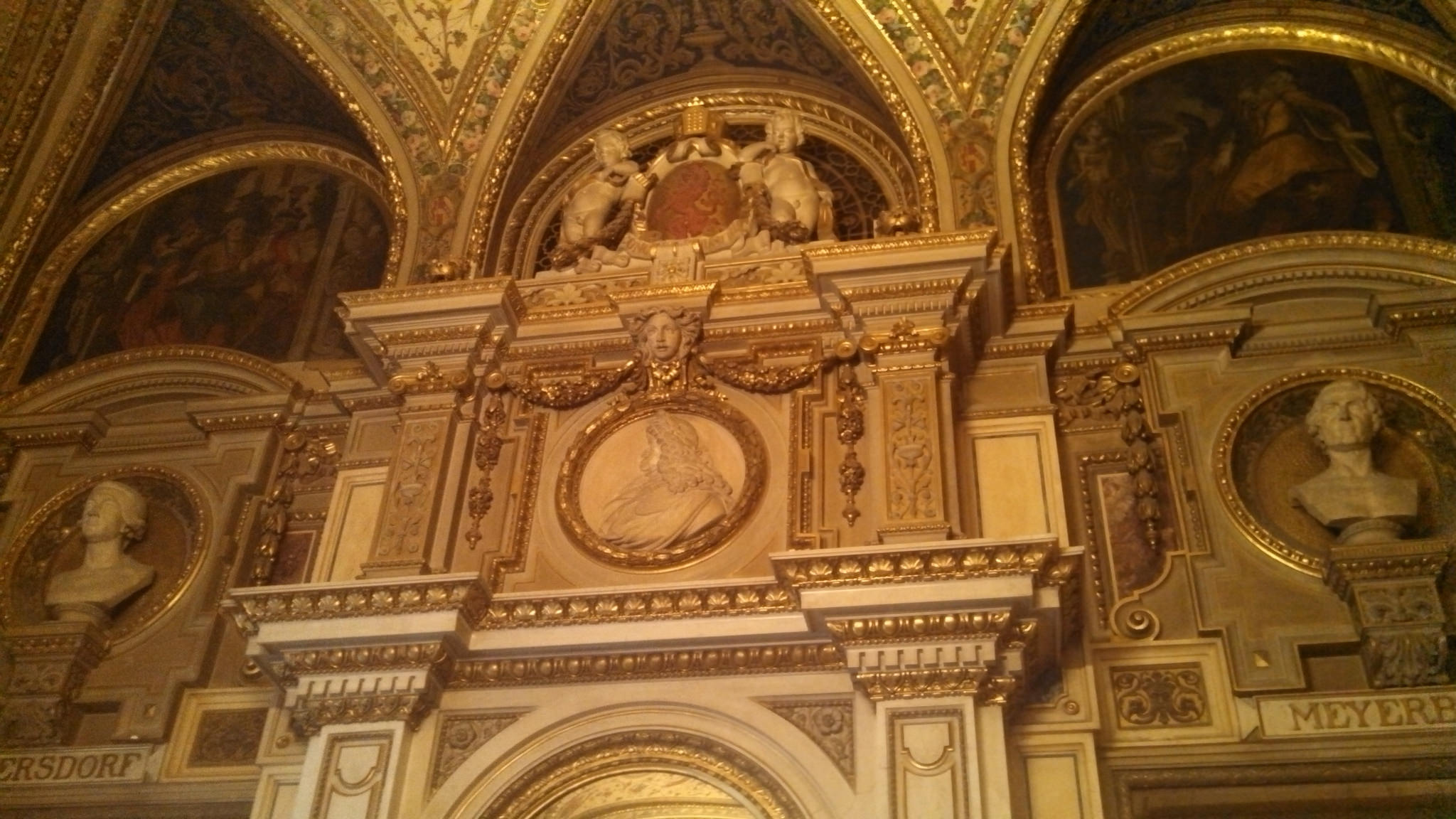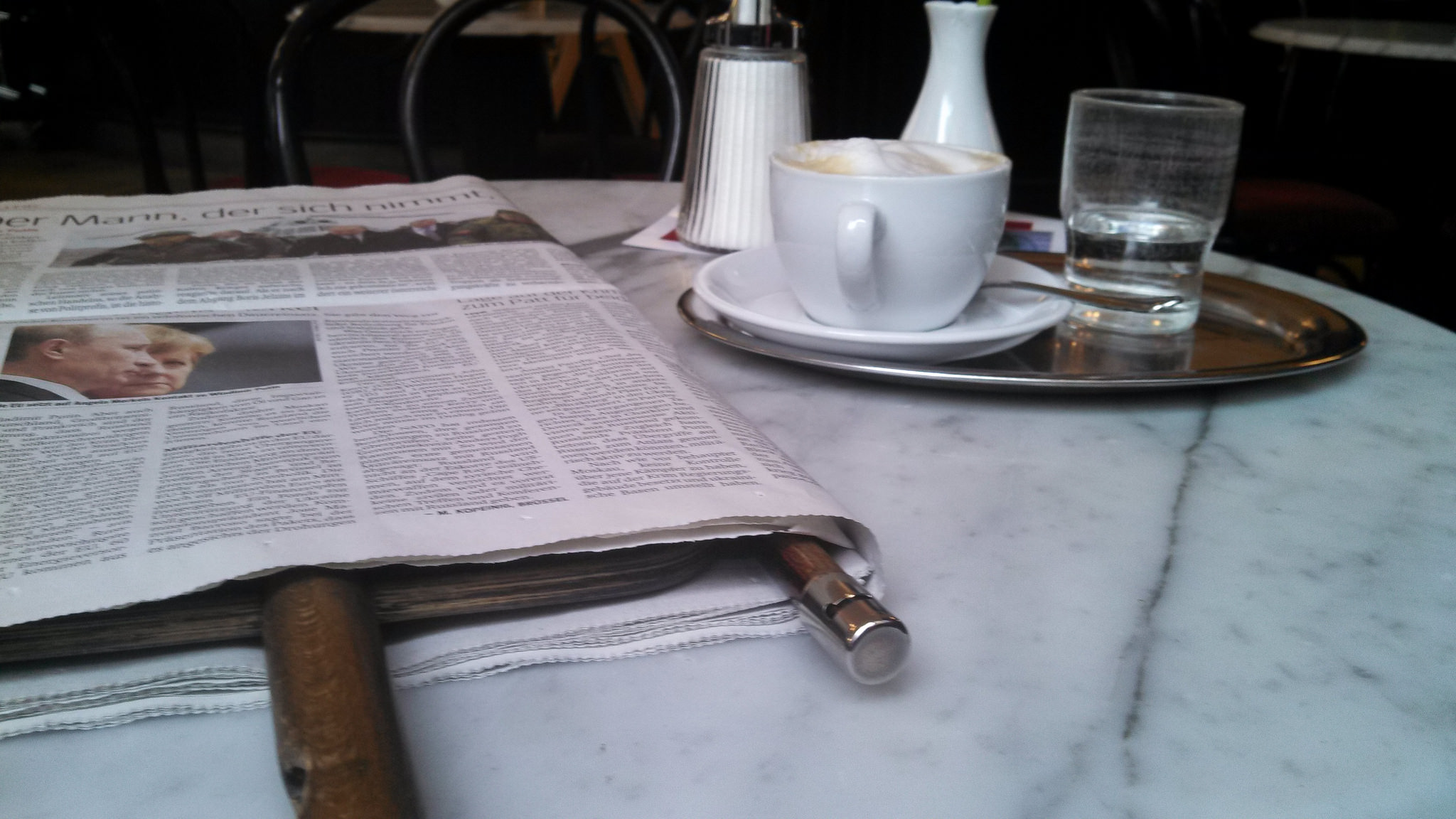Both Prague/Bohemia and Vienna/Austria figure prominently in the history of Europe.
Austria and Bohemia (Czech Republic), the latter not always voluntarily, shared quite a long history. Austria, was clearly dominating the smaller Bohemia in matters of language, government, administration, and economy.
For centuries, Austria was the center of imperial political power. When it abolished the monarchy and shrank to its current size in 1918, its capital Vienna found itself suddenly studded with palaces and representative administrative buildings far bigger than needed. Museum collections seemed to be enormous for such a small country.
Bohemia’s artists such as Alphonse Mucha (posters) and Franz Kafka (literature) were heralding Czech modernity to the world.
At the end of World War I (1918) Prague (Czech: Praha) became the capital of the newly founded Czechoslovakia.
Both Vienna and Prague, less than four ours apart from each other, have a unique cultural fabric: architecture from the renaissance to post-modernity, collections of priceless paintings, and galleries of precious jewelry. In addition, their topography affords breath-taking views across the respective rivers.
In Vienna, we will explore palaces like the Schönbrunn Palace and the Hofburg, and museums like the Kunsthistorische Museum. Visits to architectural gems such as the villages and castles of Karlstejn and Cesky Krumlov (Unesco Heritage Site) will be part of the visit as well. Besides the visual arts, we will also enjoy a concert in the famous Vienna Konzerthaus (well known for its New Years Concerts) and enjoy the famous Viennese cakes in one of the many coffee houses. It is hard to believe that most of the downtown area was destroyed at the end of World War II. The Orson Wells Film “The Third Man” gives a good impression of that time.
The Nazi past is part of the Austrian and Czech cultures and is often referenced in modern art. We will, therefore, also visit the former concentration camp Theresienstadt (Terezin).
Prague offers not only the gothic and renaissance buildings on the castle hill (Hradčany), but also the closed architectural ensemble of the Old Market Square. In both areas, we will visit houses, in which Franz Kafka lived. The course will include some short readings from Kafka’s works. Finally, we also explore Prague’s modern architecture such as the Art Nouveau Municipal House and the 21st century “Dancing House.”
- Kafka Memorial in Prague
- Prague Castle
- Charles Bridge in Prague
- “Dancing House” in Prague
- Dancing House in Prague
- Prague
- Prague
- Prague Monastery Library
- Prague
- Monastery Library in Prague
- Prague, Old Market Square
- Prague
- Prague, Charles Bridge
- Prague, St. Vitus Cathedral
- Vienna, Art Museum
- UMW in Vienna
- Vienna – Coffee shop in Art museum
- Vienna – Dinner in Ferris wheel cart
- Vienna – The famous Fiaker carriages
- Vienna – Cake and a Melange
- Vienna – Court appointed bakery
- UMW in Vienna coffee house
- UMW in Vienna coffee house
- Vienna – Art Museum
- Vienna – Court Library
- Vienna – Coffee and a newspaper


